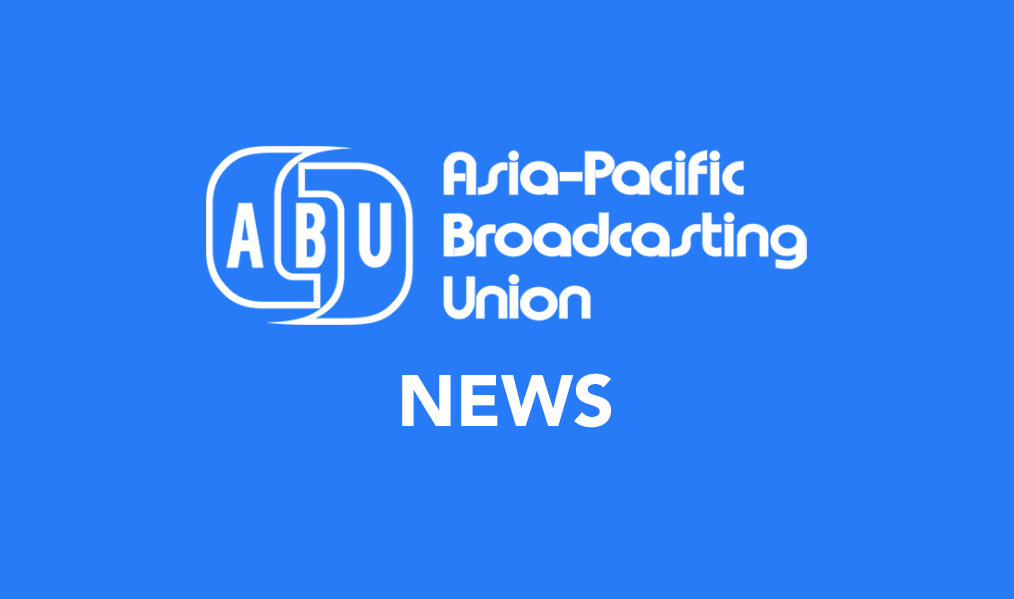
Spectrum: Broadcasters urge regulators to consider the future use of the UHF band with extreme caution
 The second – and final – ITU-R Conference Preparatory Meeting (CPM) has concluded in Geneva with a report that will form the basis for upcoming discussions at the much- anticipated World Radiocommunications Conference (WRC-15) in November 2015.
The second – and final – ITU-R Conference Preparatory Meeting (CPM) has concluded in Geneva with a report that will form the basis for upcoming discussions at the much- anticipated World Radiocommunications Conference (WRC-15) in November 2015.
It was clear from the discussions that the additional spectrum allocations to the mobile service for IMT use will be one of the major topics to be addressed at the WRC-15.
The future of the UHF band is a major concern for broadcasters. The UHF band (470-694 MHz) is essential for the provision of free-to-air TV services. It is the only spectrum for terrestrial television to remain globally harmonised.
As decided at WRC-12, the 694-790 MHz band will be allocated at WRC-15 on a co-primary basis to the mobile service for IMT use in Region 1 (which includes Europe, Africa and the Middle East). In Europe, this band will need to be released from broadcasting as the 790-862 MHz band was released previously, but the time schedule has not yet been decided and the process is complex. In addition, the protection of digital terrestrial television (DTT) below 694 MHz from interference from cellular networks needs to be ensured by adequate regulatory measures.
In order to free-up the above 700 MHz band, broadcasters and broadcast network operators will have to make substantial investments. These investments will only be made if there is certainty that the spectrum below 694 MHz will remain available for DTT for the foreseeable future. This would also enable the broadcast industry to innovate with new technologies and services (e.g. the generalisation of HDTV and the introduction of UHDTV).

